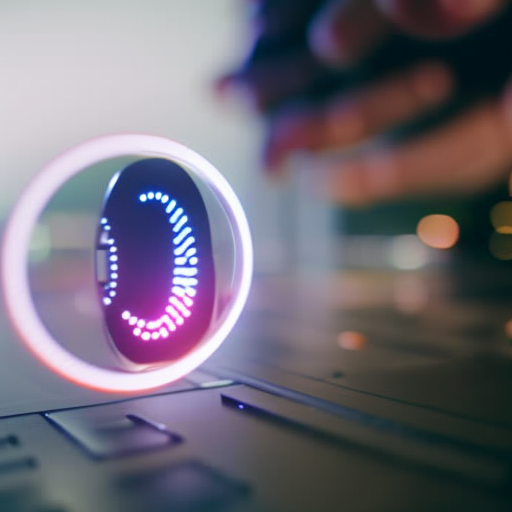Summary: Biometric systems are a form of technology that uses unique physical or behavioral characteristics to identify individuals. These systems have gained popularity in recent years due to their high level of accuracy and security. Biometric systems can be used in various applications, including access control, identification verification, and forensic investigations. However, there are also concerns regarding privacy and potential misuse of biometric data.
Introduction
Biometric systems are designed to identify individuals based on their unique physical or behavioral characteristics. These characteristics can include fingerprints, iris patterns, facial features, voice patterns, and even DNA. Biometric systems have become increasingly popular due to their high level of accuracy and security compared to traditional identification methods such as passwords or ID cards.
Types of Biometric Systems
There are several types of biometric systems, each utilizing different characteristics for identification purposes. Some common types include:
- Fingerprint Recognition: This is one of the most widely used biometric systems. It analyzes the unique patterns and ridges on an individual’s fingertips to verify their identity.
- Iris Recognition: This system uses the unique patterns in an individual’s iris to identify them. The iris has a high level of complexity, making it highly accurate for identification purposes.
- Facial Recognition: This system analyzes facial features such as the distance between the eyes, nose, and mouth to identify individuals. It is commonly used in surveillance systems and smartphone unlocking.
- Voice Recognition: This system analyzes an individual’s voice patterns, including pitch, tone, and pronunciation, to verify their identity. It is commonly used in phone banking and voice assistants.
- DNA Analysis: This system uses an individual’s unique DNA sequence to identify them. It is highly accurate but requires specialized equipment and is typically used in forensic investigations.
Applications of Biometric Systems
Biometric systems have a wide range of applications in various industries. Some common applications include:
- Access Control: Biometric systems are commonly used for access control in secure areas such as offices, airports, and government buildings. They provide a higher level of security compared to traditional methods like keycards or passwords.
- Identification Verification: Biometric systems are used to verify the identity of individuals in various scenarios, such as border control, banking, and healthcare. They help prevent identity theft and fraud.
- Forensic Investigations: Biometric systems, particularly DNA analysis, play a crucial role in forensic investigations. They help identify suspects and link them to crime scenes.
- Time and Attendance Tracking: Biometric systems can be used to track employee attendance accurately. This eliminates the possibility of time theft and provides a reliable record of working hours.
Privacy and Security Concerns
While biometric systems offer many benefits, there are also concerns regarding privacy and security. The collection and storage of biometric data raise questions about its potential misuse or unauthorized access. It is crucial for organizations to implement robust security measures to protect biometric data from theft or hacking. Additionally, there are concerns about the potential for biometric systems to be used for surveillance purposes, infringing on individuals’ privacy rights.
Conclusion
Biometric systems provide a highly accurate and secure method of identification and verification. They have a wide range of applications, from access control to forensic investigations. However, it is important to address privacy and security concerns associated with the collection and storage of biometric data. As technology continues to advance, biometric systems are likely to become even more prevalent in our daily lives.












